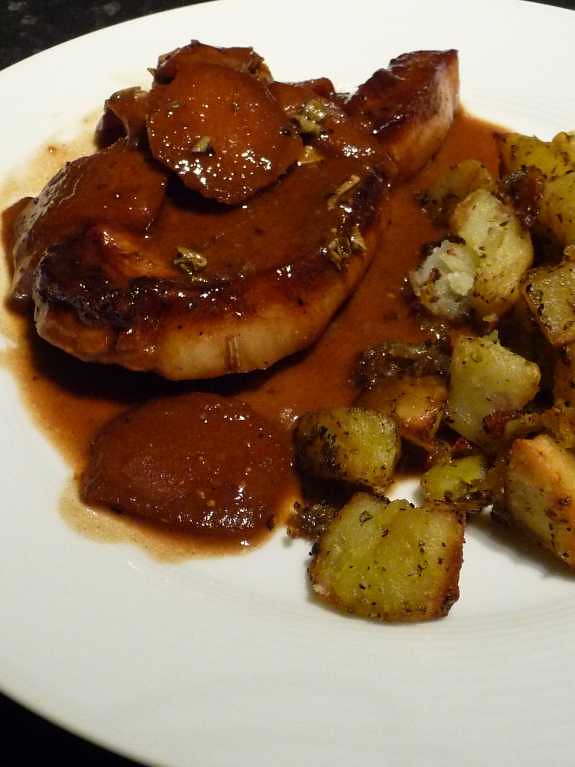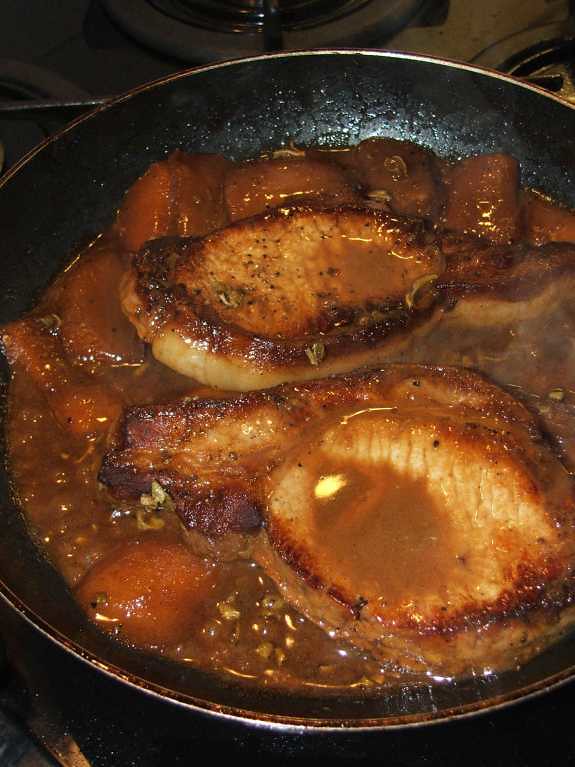Ever since before we bought a house and moved into it, one of my "not exactly requirements but sort of on the back of my mind" was to have a big windowsill where I could put herb pots to grow. You see the previous house had absolutely none of that, the kitchen window (being the most appropriate one) was very low, reaching behind the cupboards (which means it pretty much took a body-builder to open it!) and had no sill, and in the other rooms the windowsills (if any) were 4cm wide. Not even enough space for one of those tiny cactus pots...
So finally, when we bought our house, and although that was not a deal-breaker, I was happy to notice a VERY big and wide windowsill in the kitchen, tiled as well (extra useful if you spill water over the plants and the wall, like I do!) and I set about finally buying and planting my herbs. I had a sad-looking deadling of a basil, which when taken out of his miniscule pot grew to extremes, and also some rosemary, thyme and mint joined him soon after. And I got them pretty red pots too, as I wanted a black, white and red theme for the new kitchen.
I, of course, wanted the herbs more for eating, rather than decoration, so I thought I would soon deplete them, but they have been growing so fast and well that I keep having to dig out recipes that require lots of them to use them up, as I hate cutting off bits and throwing them away just to keep them healthy.
Being Greek I love basil, and the way it makes a whole room smell when you "rub its head" affectionately (yes, you'll see most people, grannies and children alike, in Greece "caressing" basil when they pass by it to release the scent and enjoy it!) and lemons are also so deeply ingrained in my culture that if something's edible, you'll find a Greek squeezing lemon juice on top of it, from bread to meat/fish/vegetables, to olive oil (to make a dressing), to fried potatoes, absolutely anything.
This pasta caters to two needs, firstly my basil's "coiffure" and secondly my love for lemony things. Since the other half is not that keen on lemon, while he's away for a long trip to the US between jobs I took advantage and made this one-pot wonder quite a few times, it's so simple and quick, and even vegetarian (knowing me, that's shocking!). Try it, with some ground Belper Knolle on top (a very nice parmesan-ish kind of Swiss cheese wrapped in a layer of pepper, I discovered it one day in a Swiss cheese stall in the Borough Market), or even some za'atar sprinkled in the sauce, and you will not be disappointed. Plus you might have to get a basil plant and slaughter it frequently, to satisfy your need for more of this pasta!
Lemon and fresh basil linguine with Belper Knolle
Source: Adapted from NOMU
Serves 2
- 200g linguine (preferably fresh)
- 125ml cream
- Grated zest of 1 lemon
- Juice of 1 lemon
- 25g grated parmesan
- A few pinches of za'atar
- A big handful of fresh basil leaves, roughly torn by hand
- Grated Belper Knolle (or parmesan and black pepper)
Boil the linguine until al dente. Drain but keep a couple of spoonfuls of the water in the pot, and return the pasta to it. Pour in the cream, lemon zest and juice, parmesan, za'atar and basil, and mix well on gentle heat until the cheese is melted.
Put in a bowl or plate, grate some Belper Knolle on top and enjoy!
.JPG)
.JPG)



















